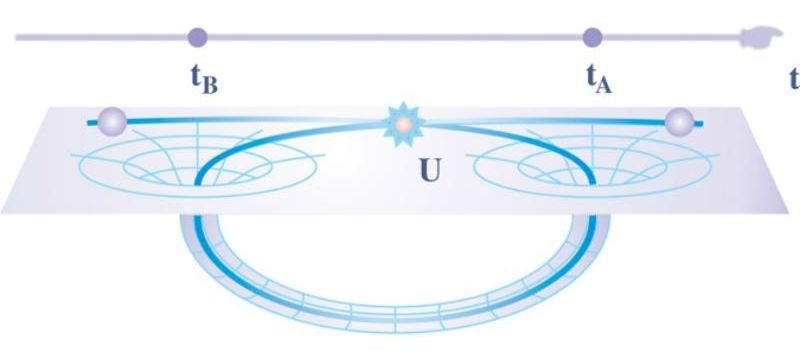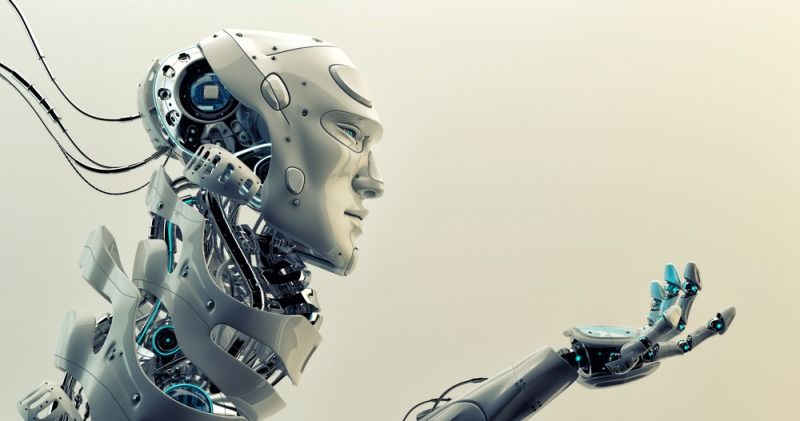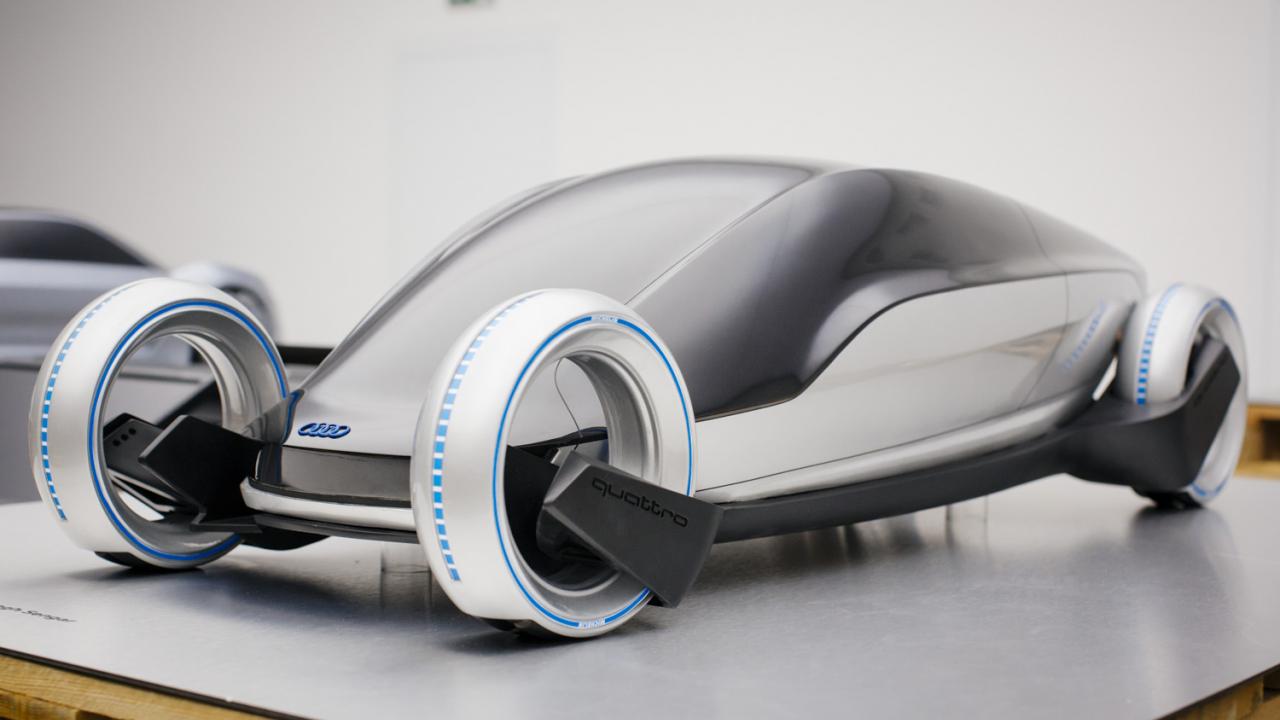Nov 27, 2015
Driverless cars could spell the end for domestic flights
Posted by Shailesh Prasad in categories: business, robotics/AI, transportation
Self-driving cars could disrupt the airline and hotel industries within 20 years as people sleep in their vehicles on the road, according to a senior strategist at Audi.
Short-haul travel will be transformed and the hassle of getting to and from airports eliminated, said Sven Schuwirth, vice president of brand strategy and digital business at the German car brand.
Business travellers will be able to avoid taking domestic flights to meetings and will sleep and work in their cars en route instead of checking into city-centre hotels, he said.
















